I’ve been using the same five countersinks for decades. While they’re all different—one has a single flute creating a cutting edge and two have a pair of flutes; one has five flutes and another has seven—the one thing they have in common is that none of them works very well. On all of them, the cutting edges of their flutes are square to the circumference, so they scrape rather than cut. And as scrapers, they’re rather crude, lacking the sharpened burr of a cabinet scraper. What’s even worse is that countersinks chatter. The irregularities in the wood’s density cause the countersink to get nudged off-center, and the resulting vibration makes for some odd-shaped recesses that are anything but round. (Countersinks that are attached to tapered bits for wood screws are prevented from chattering by the drill bit. That’s also the case with countersinks with integral pilot tips sized to fit a particular predrilled hole.) The set I bought came in a padded case. The countersinks are precision tools with sharp cutting edges and are well worth protecting.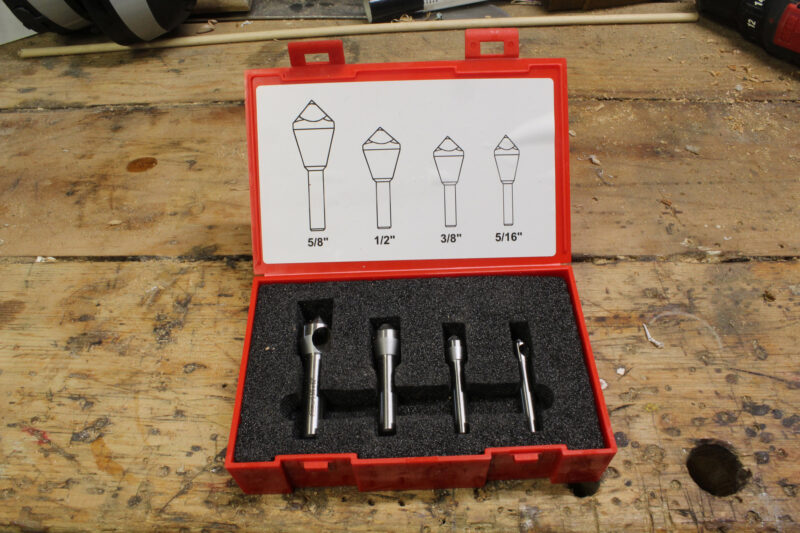 Photographs by the author
Photographs by the author
Join The Conversation
We welcome your comments about this article. To include a photo with your remarks, click Choose File below the Comment box.





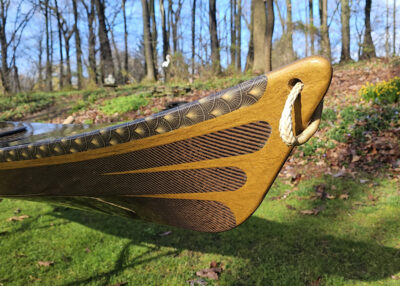

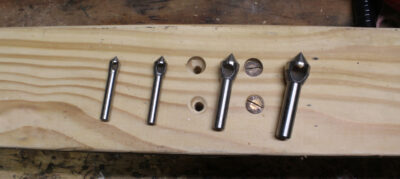

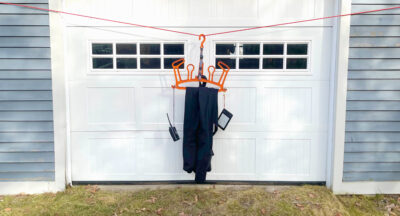
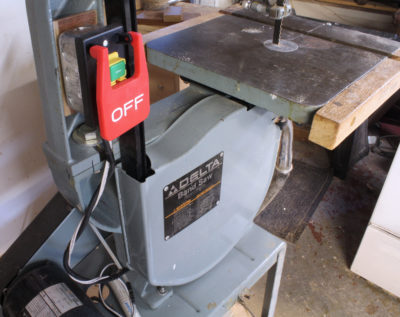
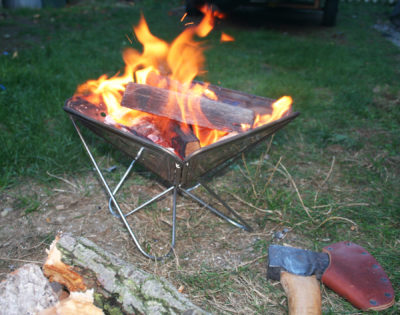
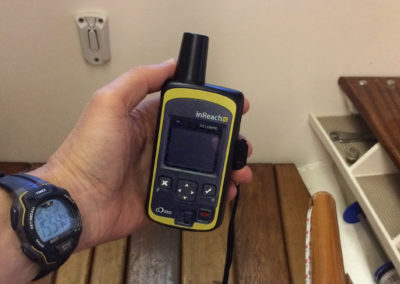
Chris,
I came upon this type of countersink quite by accident. It looked cool and as all my other countersinks produced consistently awful results it seemed worth a try. Well, I agree with you wholeheartedly. It is a little miracle, a true work of genius!
Andrew
Can they be sharpened?